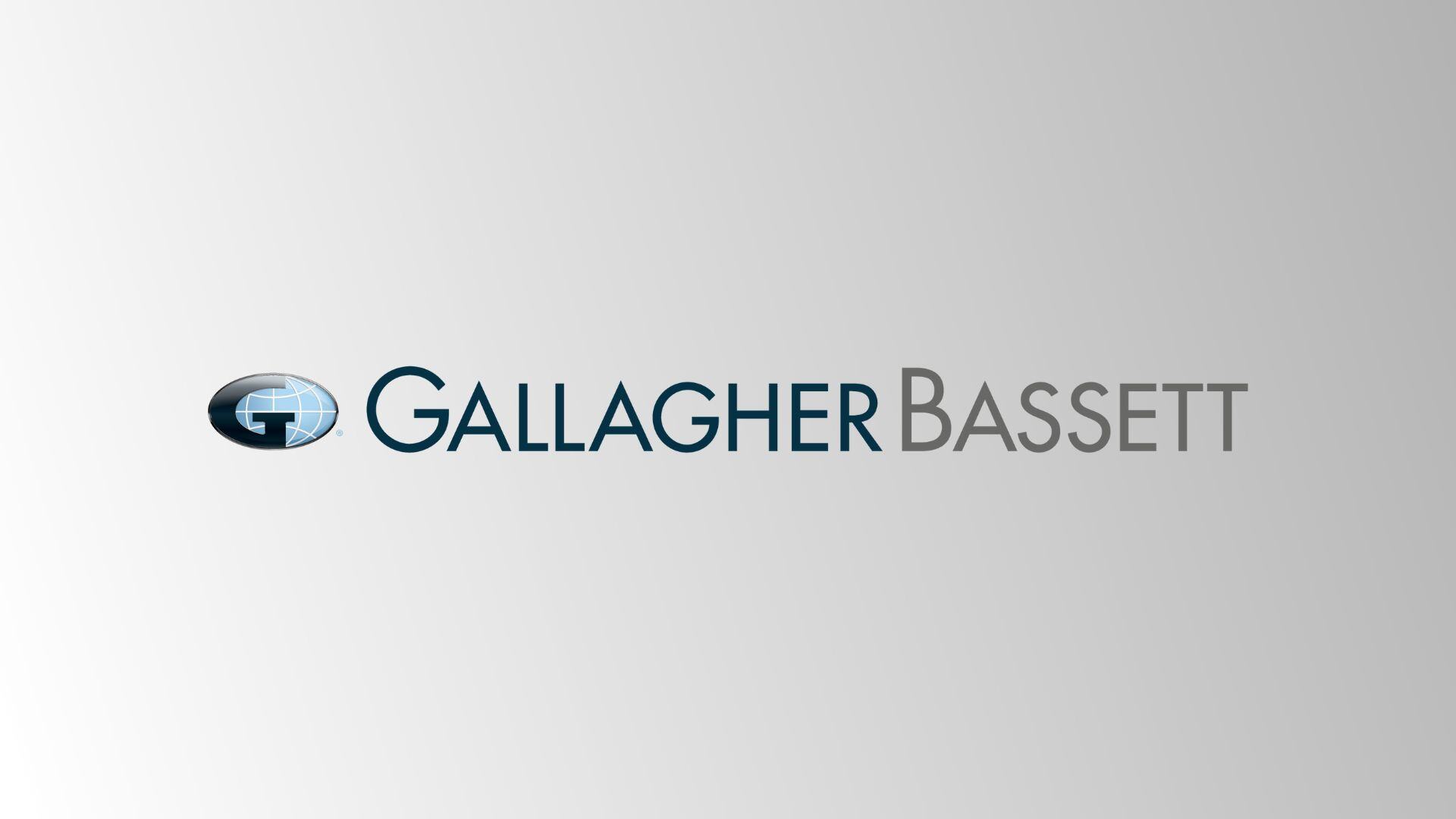Social media and the health and safety of employees

Employers have legal health and safety obligations to their employees in the workplace – but what does this mean for online interactions with customers?
In the past, companies have used call centres or email to answer customer queries. However, social media platforms like Facebook, LinkedIn, Twitter and even Instagram and Snapchat have made it easier for companies and brands to instantly connect and communicate with their customers.
So what does this have to do with workplace health and safety?
Given the “customer facing” nature of call centres or emailing, employees interacting with customers through these means are exposed to complaints or even verbal abuse. However, this is received in private.
Interactions over social media mean that employees operating the line of communication are responsible and open to public scrutiny. Furthermore, the public nature of social media allows for other customers with similar complaints or queries to involve themselves in the discussion too and hinder the resolution process.
Is this a workplace health and safety concern?
Workplace bullying is usually defined as repeated and unreasonable behaviour directed towards a group of workers that creates a risk to health and safety, whether it be mental or physical.
In Australia, Work Health and Safety legislation means employers have obligations to protect employees against persistent and unreasonable behaviour, including victimising, humiliating, intimidating or threatening.
Considering employees operating social media accounts might experience abuse rather than constructive criticism – this could pose a potential risk to your workers. Just as angry customer can impact those on the other end of the phone in a call centre, they can also impact those behind the screen. If these interactions make employees feel distressed, uncomfortable or change their work practices workplace health and safety might be compromising safety.
However, for Fair Work to make orders posts, tweets or comments need to be more than mild, proportionate criticisms. There needs to be a pattern of harsh and hostile interaction
Although social media accounts allow for easy, direct and transparent customer interaction, companies should not tolerate the abuse of their staff online.
Using social media without comprising safety
You can use social media to facilitate interaction with your customers without compromising employee’s safety.
- Prepare responses – customers expect answer on online and quickly! Unlike the wait times associated with call centres or the standard 24 hour response for emails, 42% of customers expect a response within 60 minutes and 32% expect a response in just 30 minutes on social media! By having prepared responses, you can provide faster and more consistent responses to your customers.
- Stay consistent – customers are unware about the response received by others over the phone or email – but online social responses need to be consistent as customers can see the extent of service received by others on social media.
- Provide guidelines – training will make sure your employees know how to resolve queries and understand when to take an issue offline before it can escalate.
- Check in with your employees – to ensure they are not being negatively impacted by complaints
- Promote good mental health – make sure you have services and resources available to employees that might be at risk.
Using social media for customer service is invaluable – you can build relationships, resolve issues faster and understand the needs of your customers. However, it is important to be aware of the risks it might pose to your employees too.
We’ve designed a poster to help your employees better deal with online complaints, which you can download here.
Author

